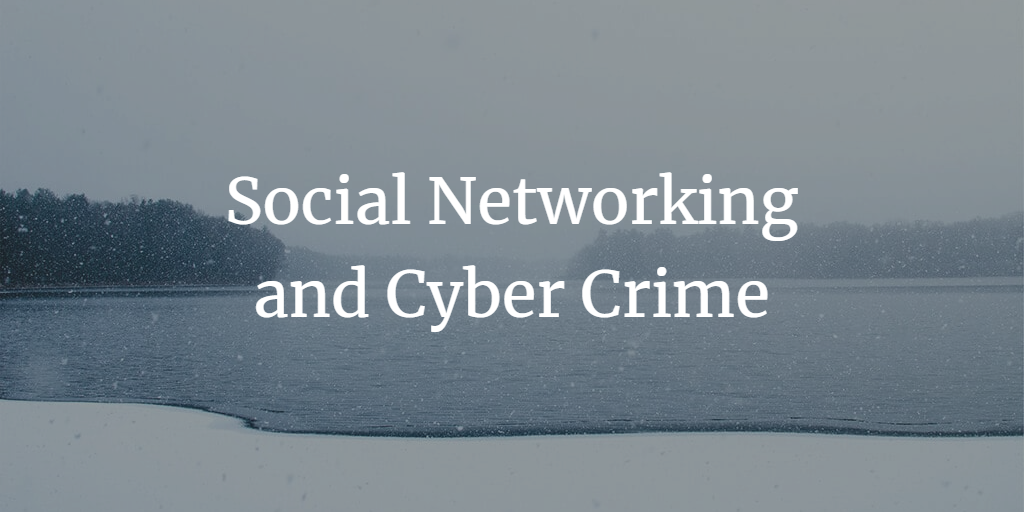Social Networking and Cyber Crime

Table of Contents
Introduction: The Dark Side of Connectivity
Cyber Crime on Social Networks
Common Forms of Cyber Crime in Social Networking
Impact of Cyber Crime
Preventing Cyber Crime on Social Networks
Legal Implications and Regulations
Conclusion: Navigating the Cyber Landscape
Introduction: The Dark Side of Connectivity
The explosion of social networking has reshaped how we communicate, share, and connect. But with these opportunities come threats, as malicious actors exploit these platforms to commit cyber crime.
Cyber Crime on Social Networks
Social networks are fertile ground for various forms of cyber crime. The vast user base, rich troves of data, and trust-based interactions provide ample opportunities for cybercriminals to exploit vulnerabilities.
Common Forms of Cyber Crime in Social Networking
Cyber crimes on social networks can take numerous forms. These include identity theft, phishing scams, cyberstalking, cyberbullying, and spreading malware or ransomware, among others. Each poses unique threats to individuals and communities.
Impact of Cyber Crime
The impact of cyber crime extends beyond financial losses. Victims may suffer emotional trauma, reputational damage, and privacy violations. Furthermore, the social networks themselves can lose user trust and face regulatory penalties.
Preventing Cyber Crime on Social Networks
Prevention measures range from individual actions, like maintaining strong privacy settings and being vigilant of suspicious activities, to platform-wide initiatives like deploying advanced security protocols and educating users about potential threats.
Legal Implications and Regulations
The legal landscape around cyber crime on social networks is continually evolving. Legislation such as GDPR in Europe and the Computer Fraud and Abuse Act in the US provide some protections, but enforcing these laws across international borders can be challenging.
Conclusion: Navigating the Cyber Landscape
While social networking offers immense benefits, it's crucial to be aware of its risks. By understanding the nature of cyber crime, implementing preventative measures, and advocating for stronger legal protections, users can safely harness the power of social networking.


